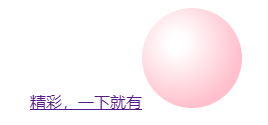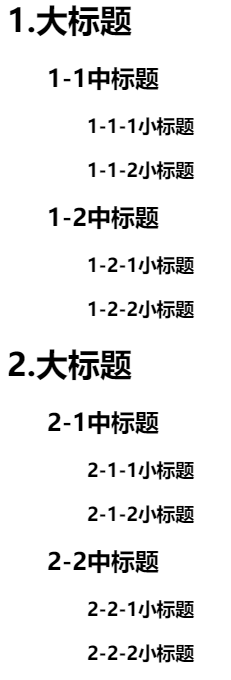New issue
Have a question about this project? Sign up for a free GitHub account to open an issue and contact its maintainers and the community.
By clicking “Sign up for GitHub”, you agree to our terms of service and privacy statement. We’ll occasionally send you account related emails.
Already on GitHub? Sign in to your account
[css] 第13天 ::before和:after中单冒号和双冒号的区别是什么,这两个伪元素有什么作用? #39
Comments
区别:
作用:
|
|
发现这道题和后面的题目有点类似,都是讲伪元素 [css] 第19天 css的属性content有什么作用呢?有哪些场景可以用到? 针对这道题写了篇blog,原文链接:https://xiangshuo.blog.csdn.net/article/details/89843456 认识
|
|
::是伪元素 ::after::before::first-letter:first-line |
|
|
详细设置和用法可以参考 css 伪元素:before 和:after 用法详解 |
|
: 伪类 |
|
::是css3为了区分伪类和伪元素新增的 ::before在元素内部的最开头添加元素或者content |
|
|
|
:表示伪类,是一种样式,比如:hover, :active等 |
|
回答第一个,第二个大家知道了,单冒号和双冒号主要区别恐怕是兼容性问题吧,前者也就是单冒号是css3出来的,肯定是不兼容IE9以下,后者兼容。 |
|
单冒号:伪元素 |
区别
伪元素作用
|
|
:before,:after是在CSS2中提出的,所以兼容IE8,::before,::after是在CSS3中的写法,为了将伪类和伪元素区分开。这两个伪类特有属性content,用于在CSS渲染中向元素逻辑上的头部或尾部添加内容。 |
|
: 伪类,::伪元素 |
|
伪类和伪元素,原本都是单冒号的,css3为了区别将伪元素用双冒号,作用其实都是差不多的,在元素前面或者后面插入内容,而不增加dom,写单冒号可以更好兼容, |
|
双冒号是伪元素,单冒号是伪类,作用是是在元素的前面或者后面添加内容 |
|










第13天 ::before和:after中单冒号和双冒号的区别是什么,这两个伪元素有什么作用?
The text was updated successfully, but these errors were encountered: